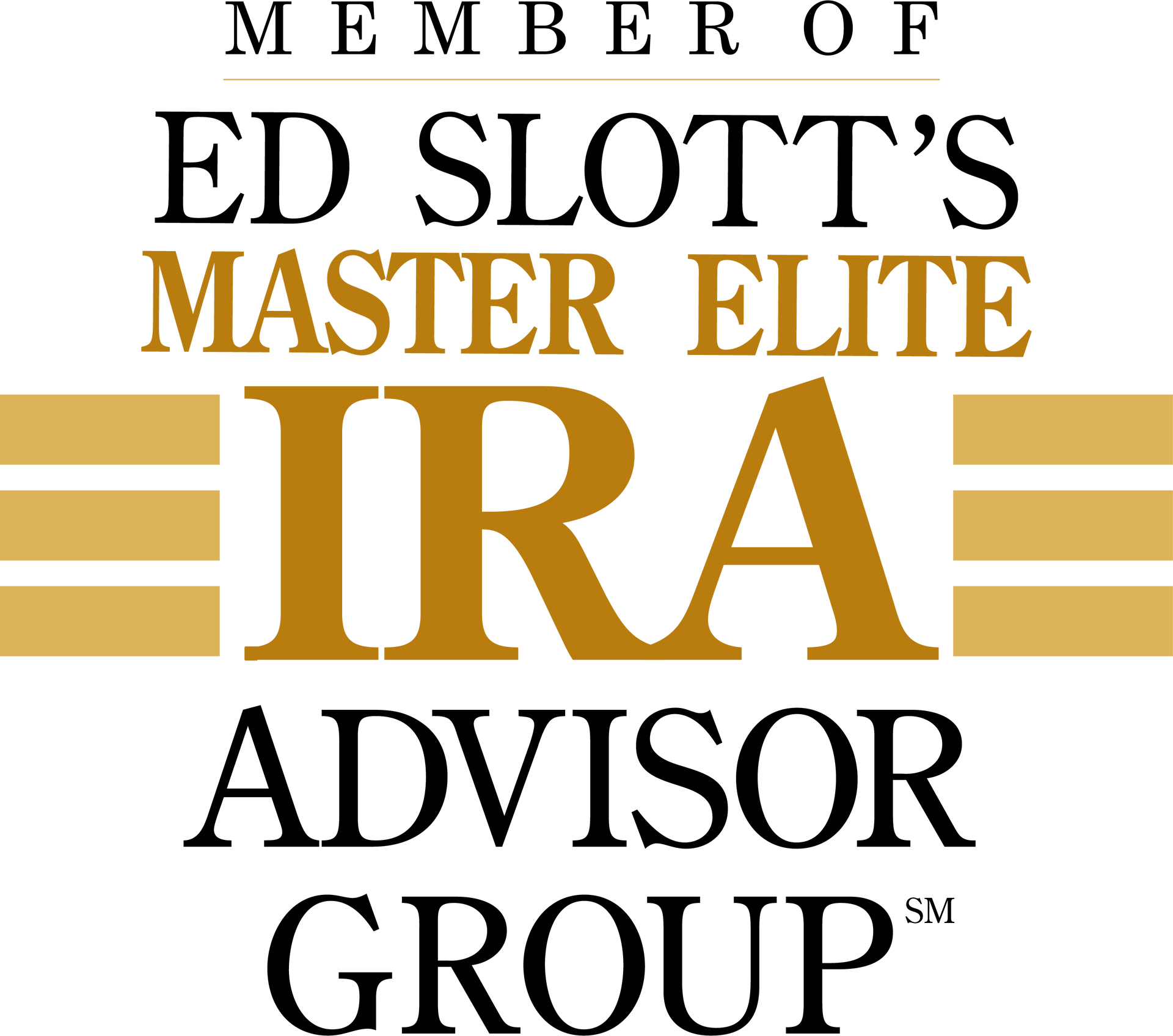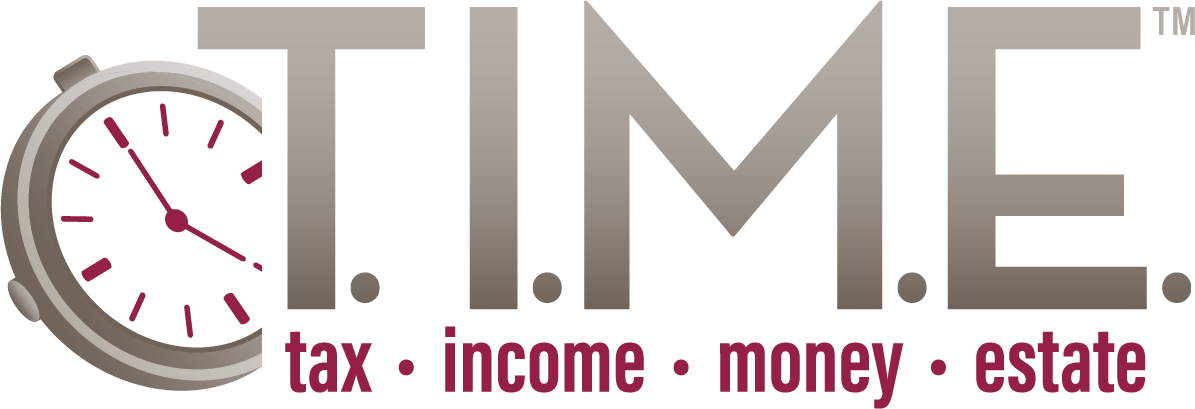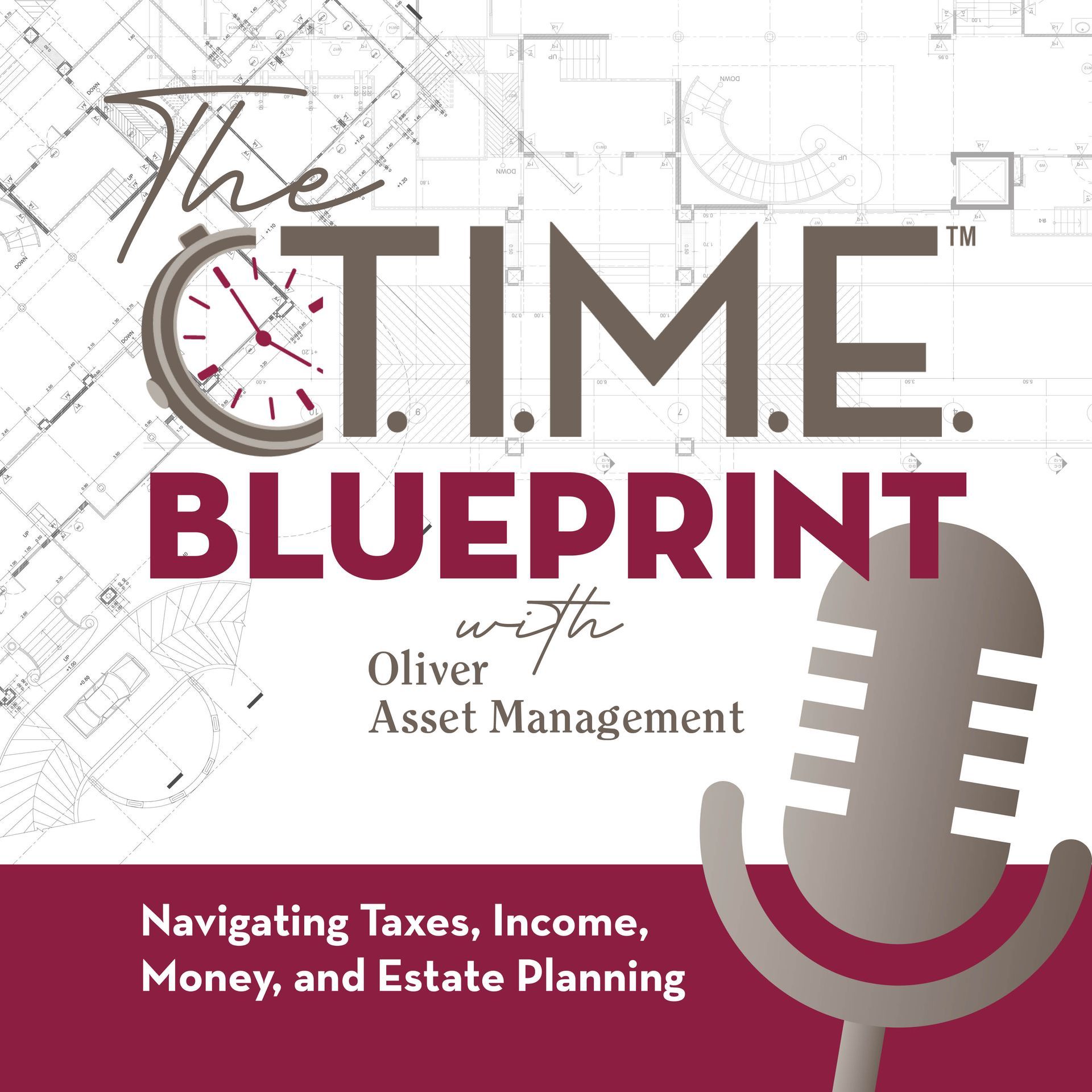The government passed a year-end spending bill in December, and it included one piece of legislation that could have a big impact on retirees. It’s called the SECURE Act. The bill’s name is an acronym for Setting Every Community Up for Retirement Enhancement.
The legislation is aimed at helping Americans save more for retirement. While many of the changes will certainly be helpful, they may also require you to revisit your retirement strategy. The SECURE Act affects many different areas, from your 401(k) plan to your IRA to even how you take withdrawals in the later stages of retirement.
Below are some of the biggest changes in the SECURE Act:
Elimination of” Stretch” IRA
The biggest change in the SECURE Act may not impact you but rather your IRA beneficiaries. The SECURE Act eliminates the ability to “stretch” an IRA, which was a strategy commonly used by non-spousal beneficiaries to reduce their tax burden and continue to grow the account.
Under a stretch IRA concept, your non-spousal beneficiary, like a grown child
for example, could simply withdraw your RMDs on annual basis from the IRA after
you pass away. Because they are taking the minimum amount from the IRA, they
reduce their annual tax obligation. They also leave assets in the IRA to
continue growing on a tax-deferred basis.
The stretch IRA is no longer an option, however. Under the SECURE Act, all non-spousal beneficiaries must take the full IRA balance within 10 years. The only exceptions are minor children and handicapped individuals. If you plan on leaving your IRA to someone other than a spouse, you may want to review their options.
RMD Age
Most qualified accounts like IRAs and 401(k) plans have something called required minimum distributions, or RMDs. These are withdrawals that you are required to take each year once you hit a certain age.
Traditionally, RMDs have started at age 70½. However, the SECURE Act pushes the RMD start age back to 72. That means you’ll have eighteen additional months of tax-deferred growth in your 401(k) or IRA before you have to start taking taxable withdrawals. 1
Traditional IRA Contributions
RMDs aren’t the only reason why 70½ has historically been an important age. That’s also the age at which point you could no longer make contributions to a traditional IRA. Until now.
The SECURE Act eliminates the age limit on traditional IRA contributions. That means you can continue making contributions well past 70½. That could be especially helpful if you plan on working in retirement and want to continue to bolster your savings. 1
401(k) Plans for Part-Time Employees and Small Businesses
The SECURE Act has also made 401(k) plans more accessible for part-time employees and employees at small businesses. In the past, 401(k) plans were usually reserved for full-time employees. However, under the SECURE Act, companies are required to offer 401(k) eligibility to any employee who works 1,000 hours in one year or 500 hours in three consecutive years. 1
It’s also been difficult for many small businesses to offer 401(k) plans. These plans often have high startup and administrative costs that can be burdensome for small businesses with a tight budget.
The SECURE Act aims to resolve that problem. The new law offers up to $5,000 in tax credits to offset 401(k) plan startup costs for small businesses. It also allows small businesses to pool together to offer 401(k) plans to their employees.
401(k) Plan Income Strategies
The SECURE Act also focuses on how 401(k) plans can generate income for participants. Plans must now deliver “lifetime income disclosure statements” each year. This document will show you exactly how much income your plan could generate for life if you used the balance to purchase an annuity.
The law has also made it easier for 401(k) plan participants to access annuities with guaranteed lifetime income features. The SECURE Act eliminated some regulatory issues that had prevented annuities from being common strategy options in 401(k) plans. With those issues resolved, participants can now use their 401(k) funds to create guaranteed lifetime income through the use of an annuity.
What Should I Do?
These are some of the biggest changes to retirement plans in decades and it would be wise to re-evaluate your retirement plan. By meeting with a financial professional, we can help you evaluate your current plan and how you may want to adjust based on these recent changes. There are certain things you may want to look at differently, including some sophisticated tax planning opportunities, that only a professional can truly help you understand.
Ready to review your retirement strategy to see how it is impacted by the SECURE Act? Let’s talk about it. Contact us today at Oliver Financial Group so we can help you analyze your current plan and develop a winning strategy. Don’t wait, the sooner we can help you evaluate your needs, the sooner you can feel confident about the plan you have in place. Let’s connect soon and start the conversation!
Investment advisory services offered through ChangePath LLC, a Registered Investment Adviser. Insurance services are offered through Retirement & Wealth Solutions of Nebraska. Retirement & Wealth Solutions of Nebraska and ChangePath, LLC are unaffiliated.
Licensed Insurance Professional. We are an independent financial services firm helping individuals create retirement strategies using a variety of investment and insurance products to custom suit their needs and objectives. This material has been prepared for informational and educational purposes only. It is not intended to provide, and should not be relied upon for, accounting, legal, tax or investment advice.
19636 – 2020/1/13




Advisory services offered through CreativeOne Wealth, LLC a Registered Investment Adviser. CreativeOne Wealth, LLC and Oliver Asset Management are unaffiliated entities.
Licensed Insurance Professional. Respond and learn how financial products, including life insurance and annuities can be used in various planning strategies for retirement. The information contained herein is based on our understanding of current tax law. The tax and legislative information may be subject to change and different interpretations. We recommend that you seek professional tax advice for applicability to your personal situation.
*Testimonials are based on unique experiences from current clients and are not representative of all client experiences. Testimonials are unsolicited and clients received no compensation (cash or non-cash). Past performance is no guarantee of future results. Testimonials are encouraged and welcomed from all prospects and clients. Investment advisory services offered through CreativeOne Wealth, LLC, a registered investment advisor. CreativeOne Wealth is not affiliated with Oliver Asset Management. Additional information about CreativeOne Wealth, LLC is available in its current disclosure documents, Form ADV, Form ADV Part 2A Brochure, and Client Relationship Summary report which are accessible online via the SEC’s Investment Adviser Public Disclosure (IAPD) database at www.adviserinfo.sec.gov, using CRD #281213.
Oliver Asset Management © 2023










